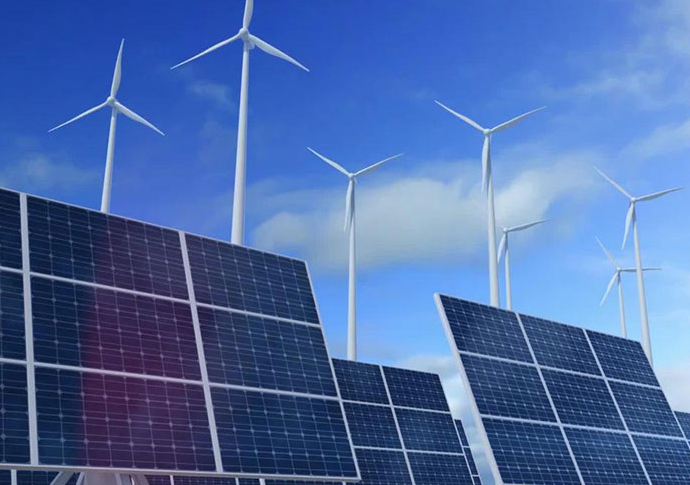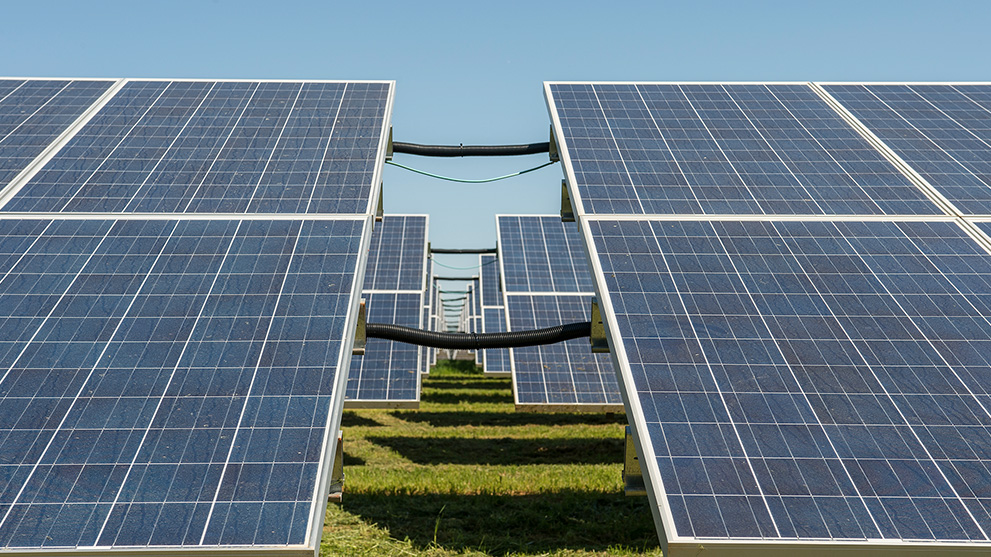Menu
Page content
What is a Qualifying Facility
A Qualifying Facility (“QF”) is a generating facility that (i) meets certain ownership, operating, and efficiency criteria established by the Federal Energy Regulatory Commission (“FERC”) pursuant to the Public Utility Regulatory Policies Act of 1978 (“PURPA”) and part 292 of FERC’s Regulations (18 C.F.R. Part 292), and (ii) has obtained certification of its QF status from FERC, unless otherwise exempted under 18 C.F.R. § 292.203(d). FERC has jurisdiction over determining whether a generating facility qualifies as a Qualifying Facility.
Types of Qualifying Facilities

Small Power Production Facility
A small power production facility is a generating facility sized 80 MW or less whose primary energy source is renewable (hydro, wind, or solar), biomass, waste, or geothermal.

Cogeneration Facility
A cogeneration facility is a generating facility that sequentially produces electricity and another form of useful thermal energy (such as heat or steam) in a way that is more efficient than the separate production of both forms of energy.
The Public Utility Regulatory Policies Act (PURPA)
FERC regulations delegate PURPA implementation to the states.
Implementation in Georgia

In Georgia, the Georgia Public Service Commission (“GPSC”) implemented PURPA for peaking resources in Docket No. 4822 in 1994, and for proxy resources in Docket No. 19279 in 2005. The GPSC also approved the methodologies for calculating avoided cost payments to QFs in each of these dockets. PURPA was further enacted in Georgia through the Georgia Cogeneration and Distributed Generation Act of 2001 (O.C.G.A. § 46-3-50) for QFs smaller than 100 kilowatts in size, and otherwise by GPSC Orders and Regulations.
The GPSC’s implementation of PURPA (GPSC Rule § 515-3-4.04(3)(b)) incorporated QFs seeking capacity payments into the GPSC’s Request for Proposals (“RFP”) process, as follows:
Generator with a QF > 30 MW
A Generator with a QF > 30 MW is required to bid into a capacity RFP to receive a capacity payment, pursuant to GPSC Rule § 515-3-4.04(3)(b).
Generator with a QF ≤ 30 MW
A Generator with a QF ≤ 30 MW is required to provide a notice of intent through a capacity RFP to fulfill a portion of the capacity need, but is exempt from bidding into a capacity RFP. Such Generator can be paid a capacity payment depending on the operating characteristics of the QF, as more fully described under the QF Power Purchase Contracting Process.
In its Final Order on March 11, 2021 (“Final Order”), the GPSC approved revisions to Georgia Power’s QF Standard Offer Contracts for power purchases from eligible QFs and updated the methodology to calculate avoided energy cost payments to QFs. The avoided cost projections and solar avoided cost projections can be found in GPSC Docket Nos. 4822 and 16573, respectively.
A Generator must complete the following items before it may commence delivery of its QF output to Georgia Power:
- Submit the QF Notice of Intent ("NOI").
- Obtain QF Certification from FERC (Form 556), and submit to Georgia Power, unless exempted under FERC regulations.
- Obtain a fully executed QF Standard Offer Contract with Georgia Power (as more fully described under the QF Power Purchase Contracting Process), including the achievement of Commercial Operation.
- Obtain a fully executed Interconnection Agreement (as more fully described under the QF Interconnection Contracting Process).
Contact Information
Direct
Georgia Power Company
Renewable Development
Attn: QF Manager
Email: g2qulfac@southernco.com
Phone: (404) 506-3681
Mail Correspondence:
Georgia Power Company
Renewable Development
Attn: QF Manager
Internal Bin # 10196
241 Ralph McGill Blvd NE
Atlanta, GA 30308-3374

